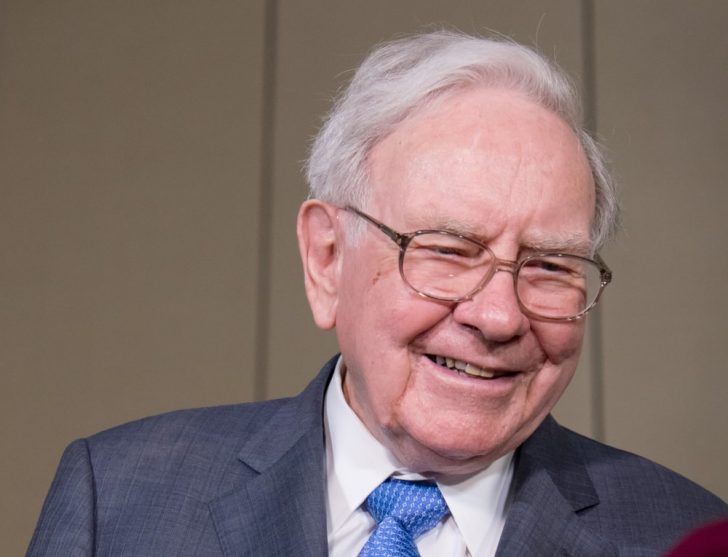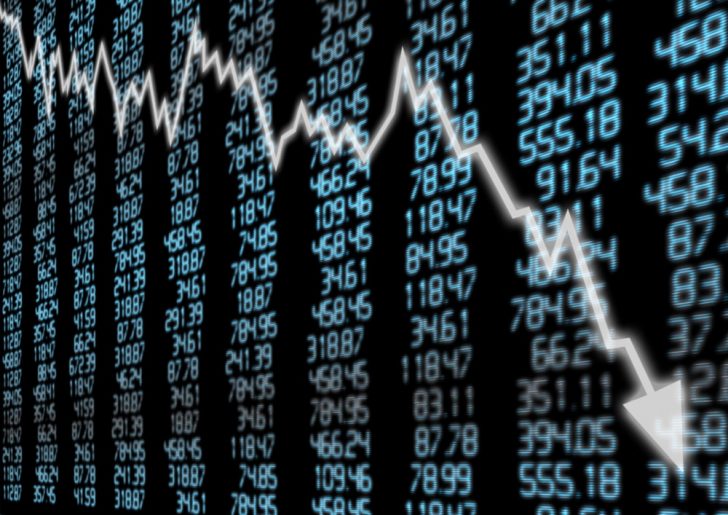If you haven’t heard of Warren Buffett, you really have no business being in the investment world. Starting out without the knowledge of the legacy of this investment guru is just a big no-no.
Warren Edward Buffett is considered the fourth richest person in the world, with a net worth of $71.8 billion as of last month. He is an 89-year-old American philanthropist, business tycoon, investor, and CEO of Berkshire Hathaway.

Apart from that, he is also considered the world’s greatest stock picker. Therefore, we thought it might do you some good to learn about investing according to his advice, the first one being- never lose money.
No, this does not mean that you should sell your holdings as soon as things start getting rough. But, good investors always have their eye on the market, keenly aware of the movement of their holdings, and the losses they are okay with enduring.
While the biggest aim of investments is to ensure that assets prove to be fruitful and multiply over the years, the key to proper investment is learning to preserve your capital. That means, you can go on a vacation, but the market never will. And so, investment is a tiresome and full-time ordeal, and you must guard yours no matter what.

Yes, avoiding risks in the market is close to impossible but, you can significantly protect your portfolio is you follow these strategies;
Diversification:
One of the foundations of long-term investment is diversification. Financial specialists comprehensively enhance their portfolios by investing in a wide array of asset classes, consequently diminishing unsystematic risk.
Basically, by diversifying your investments, you’ll essentially be leaning towards the safe-side because even if one industry collapses, your gains from other industries will balance out the loss.
Stop-loss:
A stop-loss is essentially a probability tool used to manage risk while trading. It is placed as a counter-order to a buyer’s position in the market and is created to limit the investor from incurring large losses.
The most essential tool that a buyer needs while trading in the market is the stop-loss and most investors could easily end up broke if it wasn’t for this tool.

Non-Correlating Assets:
Systematic risk is the risk that is associated with generally investing in the stock market. Basically, systematic risk is something you can’t escape. However, you can aim at reducing it, by including non-correlating asset classes in your portfolio such as real estate, commodities, bonds, and currencies.
These assets react differently when compared to stocks to the changes in the market and often move in inverse ways. Therefore, they balance out the volatility of your portfolio overall.





